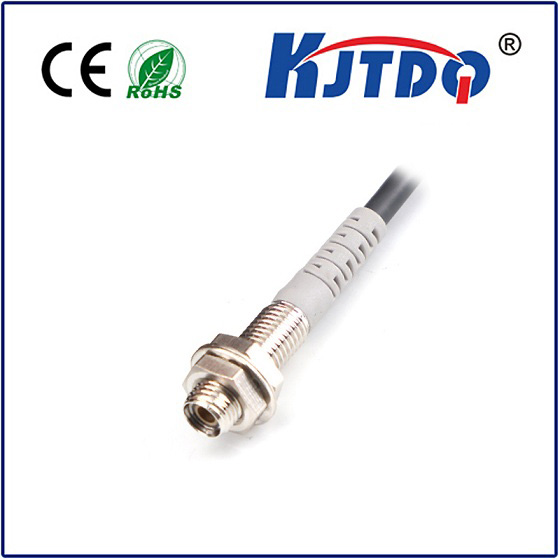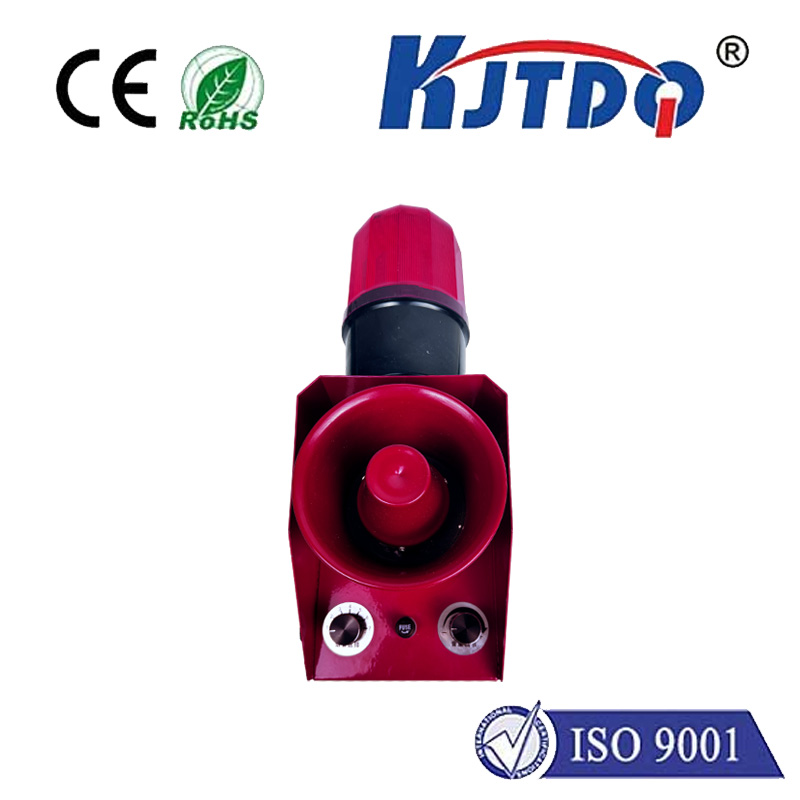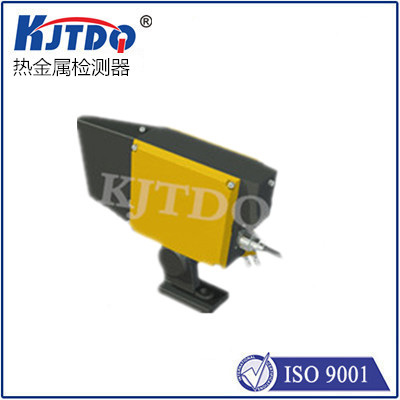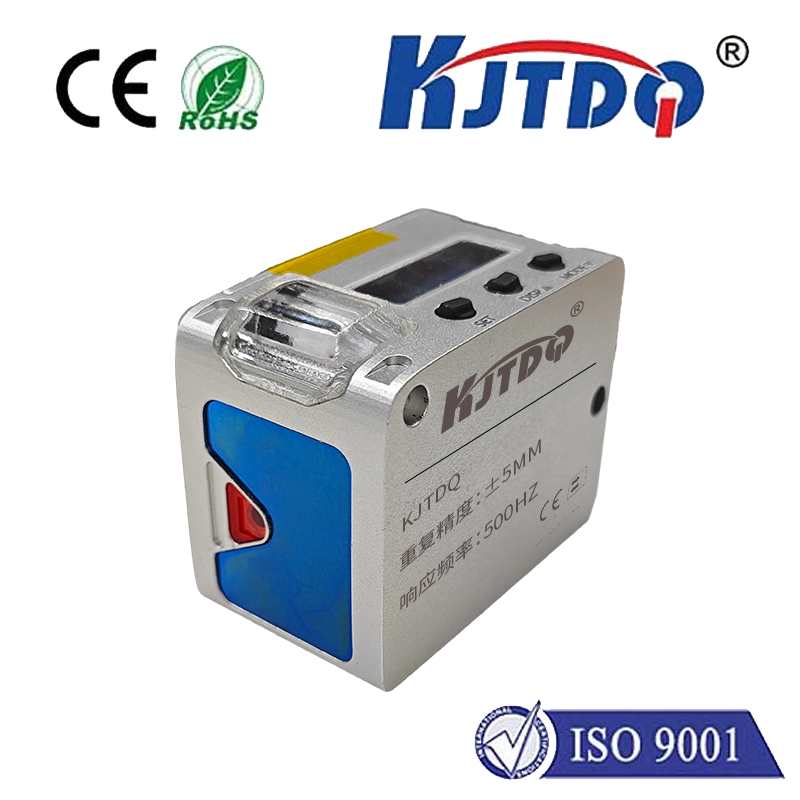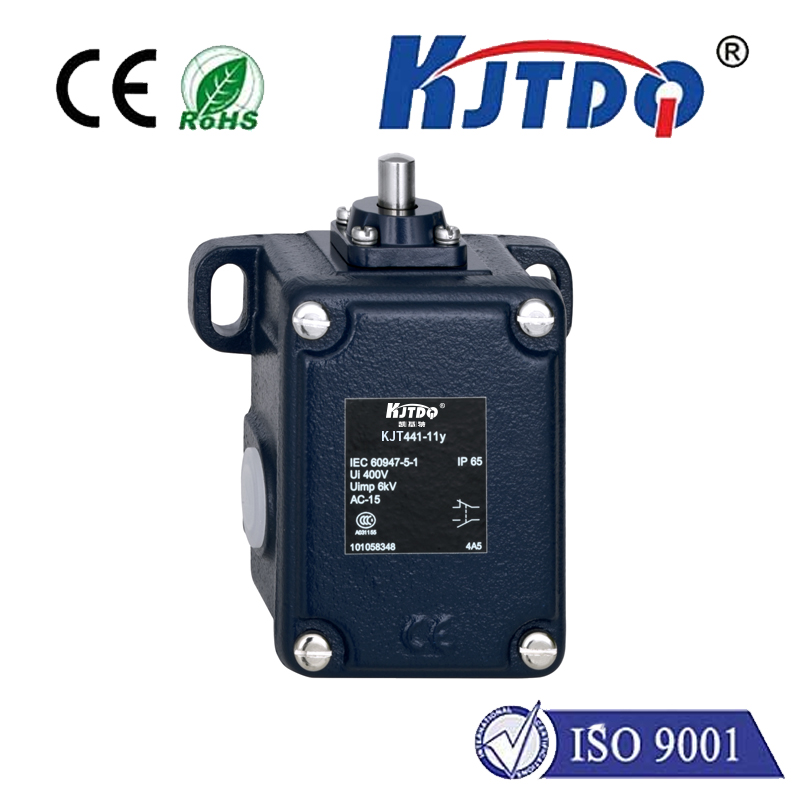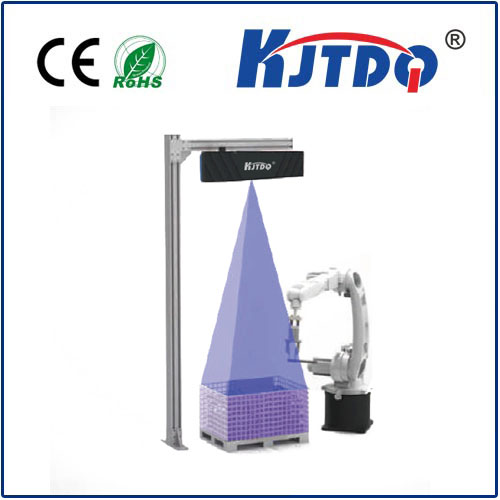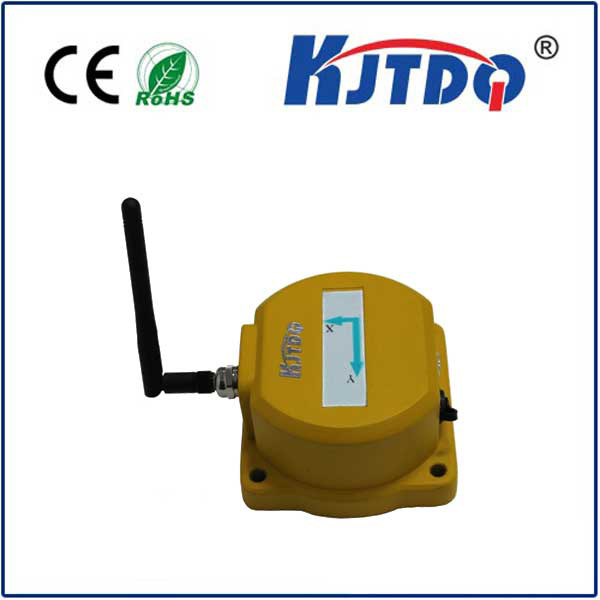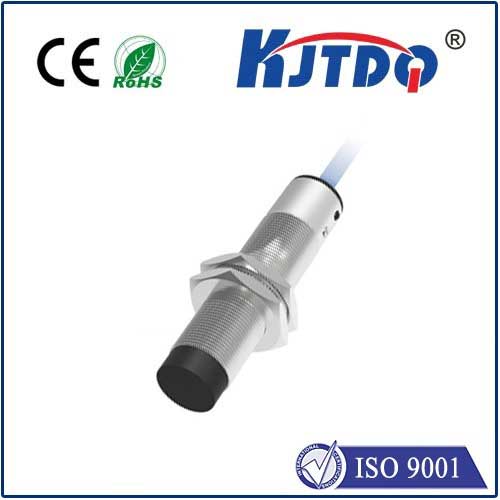
check

check

check

check
Title: Integrating VL53L0X with ESP32: A Guided Tour on Enhancing Your Projects
The integration of cutting-edge sensors with powerful microcontrollers opens up a plethora of possibilities in the world of IoT and smart projects. Among the many sensor-microcontroller combinations available, the marriage of the VL53L0X Time-of-Flight (ToF) sensor and the ESP32 chip stands out as a particularly potent pairing. This article demystifies how to harness their combined potential using I2C communication and why this integration is essential for developers and hobbyists alike.
Section 1: Introducing the VL53L0X ToF Sensor
The VL53L0X sensor, a compact and sophisticated device, operates based on the Time of Flight principle. By measuring the time it takes for a laser light to bounce back from an object, this sensor can calculate distances with great precision. Its capabilities make it ideal for applications ranging from robotics to automatic lighting systems that require accurate proximity detection. Unlike its close counterpart, the VL53L1X, the VL53L0X boasts specific features and modes that cater to different project requirements, making selection based on project needs crucial.
Section 2: The Versatile ESP32 Microcontroller

On the other side of this equation lies the ESP32, a highly integrated, dual-core microcontroller with extensive connectivity options. One of its notable features is the ability to configure most of its pins to support I2C communication—a critical element in our discussion. When paired with the Arduino IDE and the wire library, the ESP32 can easily communicate with I2C devices like the VL53L0X, enhancing its utility manifold.
Section 3: Establishing I2C Communication Between VL53L0X and ESP32
The process of linking the ESP32 with the VL53L0X through the I2C bus involves a series of well-defined steps. Primarily, ensuring that your hardware connections are correct is paramount; this means connecting corresponding SDA and SCL pins between the two devices. Using the I2C libraries specific to the Arduino environment facilitates data reading and writing between the ESP32 (acting as the master) and the VL53L0X (serving as the slave). This protocol enables a robust and efficient data exchange infrastructure, which is vital for accurate sensor readings.
Section 4: Transplanting and Calibrating for Optimal Performance
For those transitioning the VL53L0X to the ESP32 platform, understanding the official library files and the transplant process is necessary. Following the right sequence in starting up and selecting the mode for the VL53L1X—though similar—ensures compatibility and optimal performance. Calibrating the sensor using the official API or GUI programs is also advisable to ensure the most precise measurements. Test codes analyzing initialization procedures, measurement modes, and sensor calibration provide a comprehensive guide to getting started with your project.
Section 5: Addressing Common Challenges
Integrating advanced components is not without its challenges. With the VL53L0X, potential issues such as laser measurement problems or timeouts may arise. These interruptions in communication can stem from various factors, including incorrect wiring or software configurations. Diagnostic tips and solutions aid in circumventing these obstacles, ensuring seamless integration and operation.
Section 6: Unveiling the Potential of VL53L0X and ESP32
Combining the VL53L0X sensor's precise distance测量capabilities with the ESP32's processing power and network accessibility opens a realm of possibilities. From smart energy-saving systems that adjust lighting based on room occupancy to advanced robotics that navigate their surroundings with ease, the applications are as wide-ranging as they are impactful.
In conclusion, integrating the VL53L0X sensor with the ESP32 microcontroller via I2C not only expands the technological prowess of your projects but also empowers developers to delve deeper into the world of IoT and smart technology. By following clear guides and addressing potential challenges head-on, developers can harness this powerful combination to bring innovative solutions to life.
